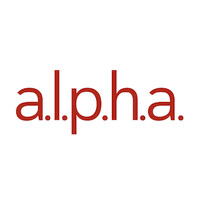
MyLife
MyLife provides a secure, durable, enduring ai-enhanced internet-based platform for its membership to collect, curate, and ultimately share their personal stories, precious memories, and life narratives. Through these authorized individual commemorations, MyLife grants each of us an immortal and vital legacy to be shared with all who follow. By providing an accessible digital library of members, MyLife fosters interconnection, understanding, tolerance, and societal growth. Being gifted with the human experience is your membership ticket. MyLife is how humans of the 21st Century will be remembered for posterity.






